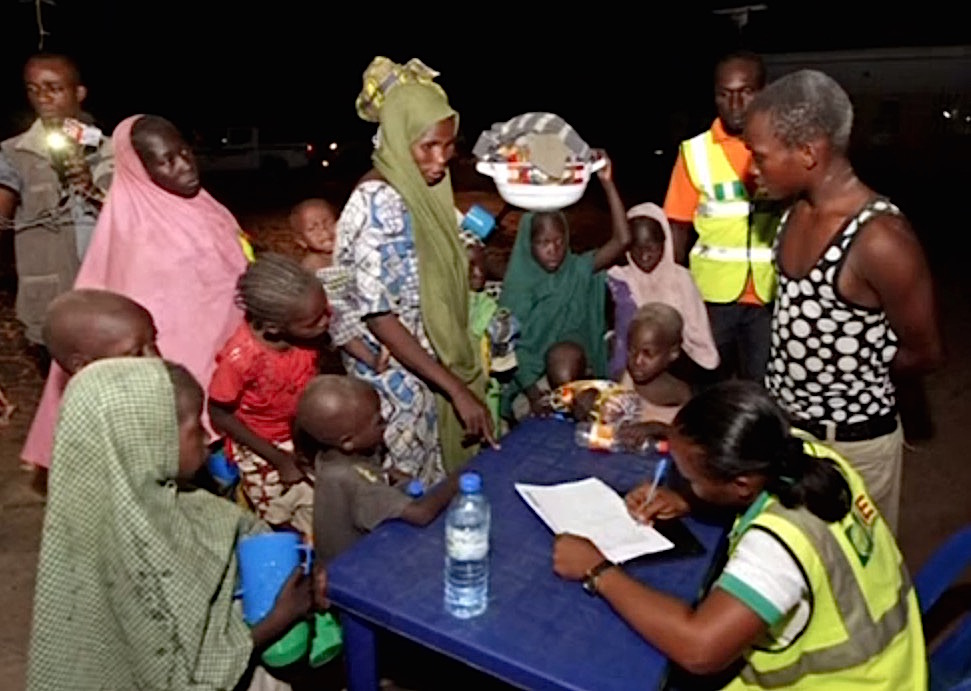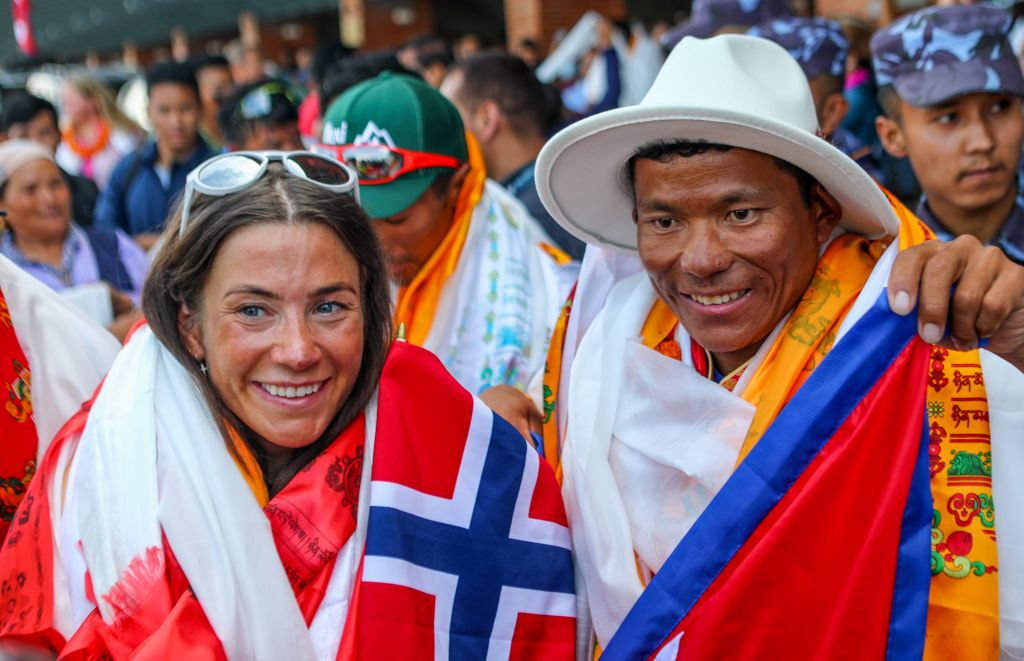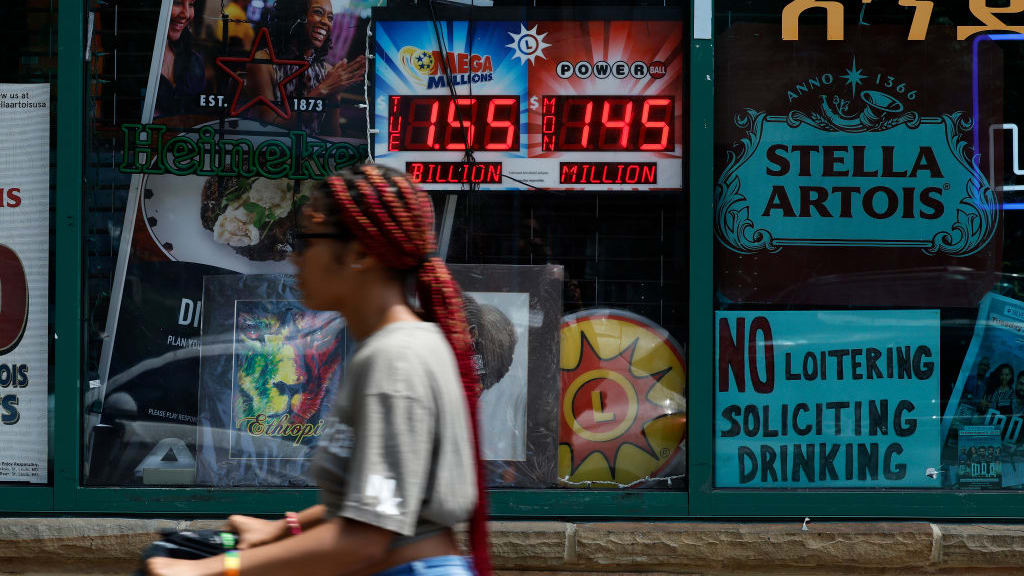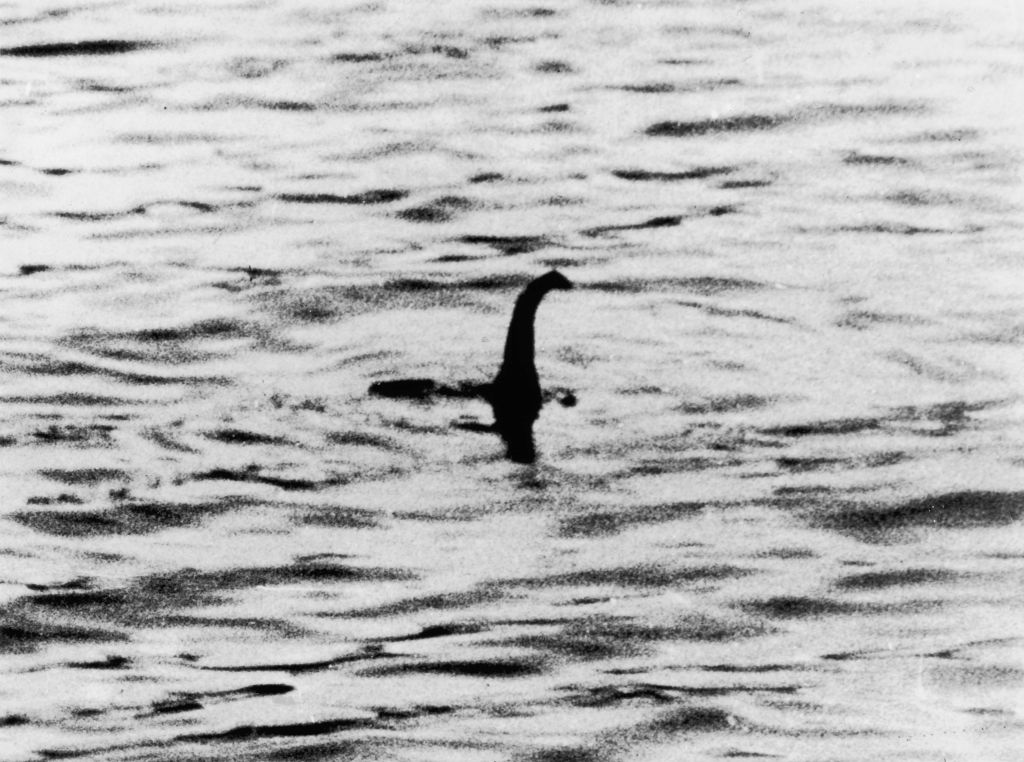Women and girls freed from Boko Haram talk about stonings, other horrors


Last week, Nigeria's army rescued about 700 women and children abducted by the Islamist militia Boko Haram, and the first contingent of 275 arrived late Saturday at a government refugee camp near Yola, the capital of northeastern Adamawa state. The women and kids are receiving medical care, and on Sunday they told reporters sad and harrowing stories about their capture, captivity, and rescue.
Many of the women said that when Boko Haram abducted them, the militants first killed their husbands and older male offspring in front of them. Some of the women were forced to marry Boko Haram fighters, and one women told Reuters that they were fed only dried ground corn in the afternoons, leading to widespread malnutrition and death. Also, "they didn't allow us to move an inch," explained Asabe Umaru. "If you needed the toilet, they followed you. We were kept in one place. We were under bondage."
The assaults didn't end when the Nigerian forces drew near. "Boko Haram came and told us they were moving out and that we should run away with them. But we said no," Lami Musa, 27, told The Associated Press. "Then they started stoning us. I held my baby to my stomach and doubled over to protect her."
The Week
Escape your echo chamber. Get the facts behind the news, plus analysis from multiple perspectives.

Sign up for The Week's Free Newsletters
From our morning news briefing to a weekly Good News Newsletter, get the best of The Week delivered directly to your inbox.
From our morning news briefing to a weekly Good News Newsletter, get the best of The Week delivered directly to your inbox.
Some of the survivors, hiding, were accidently crushed by Nigerian government tanks coming to rescue them, and at least three other women died when they stepped on a land mine en route to the refugee camp.
Nigeria and neighboring countries have been capturing ground from Boko Haram since February, pushing them into the Sambisa Forest, where the captured women and children were all found. Outgoing President Goodluck Jonathan has vowed to leave his successor a country "free of terrorist strongholds" when he leaves office later this month. Reuters has a slideshow of the women reaching camp below. —Peter Weber
A free daily email with the biggest news stories of the day – and the best features from TheWeek.com
Peter has worked as a news and culture writer and editor at The Week since the site's launch in 2008. He covers politics, world affairs, religion and cultural currents. His journalism career began as a copy editor at a financial newswire and has included editorial positions at The New York Times Magazine, Facts on File, and Oregon State University.
-
 Political cartoons for January 4
Political cartoons for January 4Cartoons Sunday's political cartoons include a resolution to learn a new language, and new names in Hades and on battleships
-
 The ultimate films of 2025 by genre
The ultimate films of 2025 by genreThe Week Recommends From comedies to thrillers, documentaries to animations, 2025 featured some unforgettable film moments
-
 Political cartoons for January 3
Political cartoons for January 3Cartoons Saturday's political cartoons include citizen journalists, self-reflective AI, and Donald Trump's transparency
-
 Nobody seems surprised Wagner's Prigozhin died under suspicious circumstances
Nobody seems surprised Wagner's Prigozhin died under suspicious circumstancesSpeed Read
-
 Western mountain climbers allegedly left Pakistani porter to die on K2
Western mountain climbers allegedly left Pakistani porter to die on K2Speed Read
-
 'Circular saw blades' divide controversial Rio Grande buoys installed by Texas governor
'Circular saw blades' divide controversial Rio Grande buoys installed by Texas governorSpeed Read
-
 Los Angeles city workers stage 1-day walkout over labor conditions
Los Angeles city workers stage 1-day walkout over labor conditionsSpeed Read
-
 Mega Millions jackpot climbs to an estimated $1.55 billion
Mega Millions jackpot climbs to an estimated $1.55 billionSpeed Read
-
 Bangladesh dealing with worst dengue fever outbreak on record
Bangladesh dealing with worst dengue fever outbreak on recordSpeed Read
-
 Glacial outburst flooding in Juneau destroys homes
Glacial outburst flooding in Juneau destroys homesSpeed Read
-
 Scotland seeking 'monster hunters' to search for fabled Loch Ness creature
Scotland seeking 'monster hunters' to search for fabled Loch Ness creatureSpeed Read
